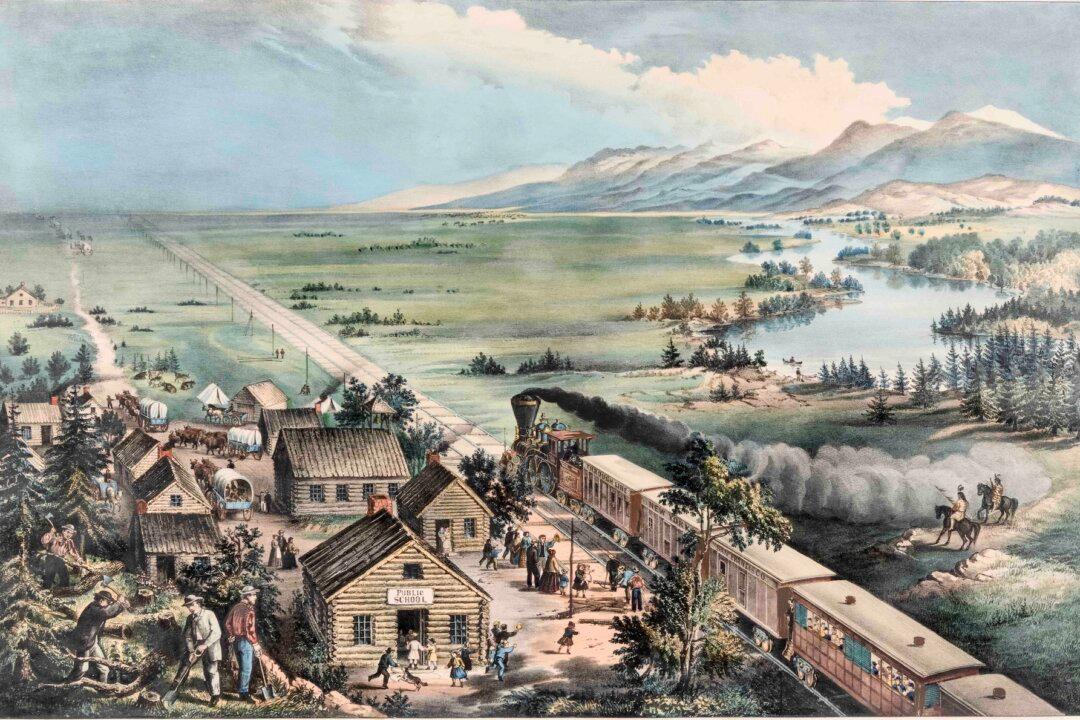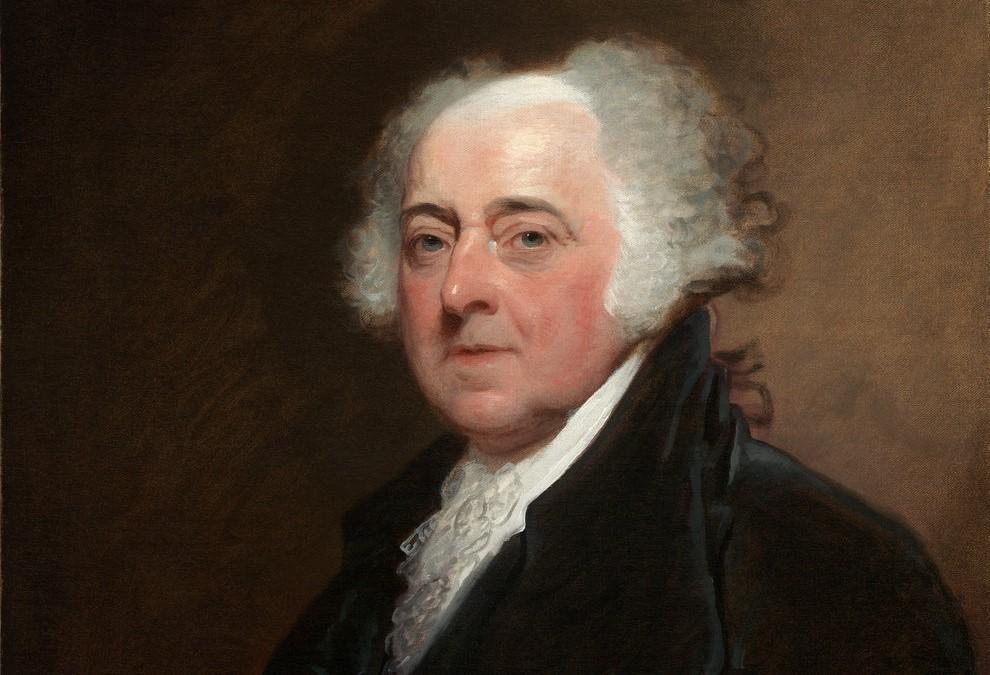In the early years of the American Revolution, after the British evacuated Boston and took control of New York, the area encompassing historical Westchester and Dutchess counties in lower New York Colony became a uniquely dangerous zone, particularly for residents. The little region wedged between Long Island Sound and the Hudson River, and farther to the north between Connecticut and the Hudson, was a frontier of sorts. To the south was British-controlled Manhattan Island, and to the northwest was the Continental Army’s stronghold in the Hudson Highlands. In between was “neutral” ground.
In this particular neutral ground, foraging parties from both armies took foodstuffs and other supplies from area homesteads, each army looking to satisfy its own needs and deprive its enemy of any surpluses. Opportunistic raiders and robbers pretended to side with either the Tories (Loyalists) or the Whigs (Patriots) to further loot, plunder, and steal from local residents. New York Colony, and lower New York especially, was probably the most evenly and bitterly divided politically of the all the colonies along the entire Atlantic coast. Not even close friendships or family ties could quell the strong emotions that arose from time to time in casual conversations.





